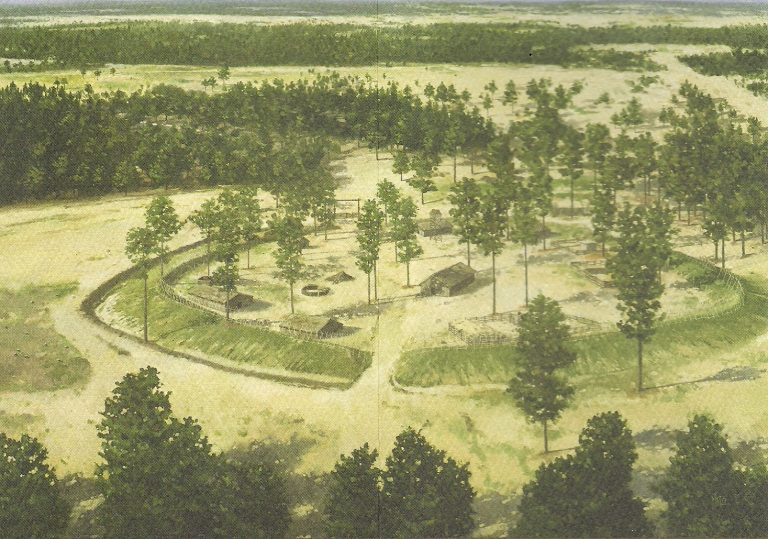Rickey Robertson's Stories from across the Sabine River: Peason, Peason Ridge, and the Southern Confederacy
COLONEL DARBY AND THE RANGERS

In May 1940 Louisiana began to be invaded. No not by an enemy army, but by the units of the United States Army who were part of the first units to maneuver throughout the Sabine Area. The Sabine Area, an extensive area laid out on maps for maneuver use ran from the Red River westward to the Sabine River and south towards Lake Charles. Lt. General Stanly Embick was the overall commander of this first maneuver and had his headquarters at Camp Beauregard, La. At Camp Beauregard was the Blue Army Zone and the Red Army Zone was from below Jasper, Texas and north to Nacogdoches. In these maneuvers came many enlisted men and officers who in the coming years of World War II would make great achievements and would become famous as commanders of specialized units. One young officer destined to become famous was William Orlando Darby.
William “Bill” Darby was born in Fort Smith, Arkansas on February 8, 1911 and grew up in this town. He attended the First Methodist Church with his parents and went to elementary school in town. And when he was old enough he attended Fort Smith High School. While in high school he set his goal in life to attend and graduate from the U.S. Military Academy at West Point. He managed to get an appointment to the Academy and two weeks after graduating from high school he headed for West Point to begin his new career. Due to his leadership qualities noted by the Officers at the Academy, he was promoted to Cadet Captain and was placed in charge of a Cadet Company. Darby graduated in the USMA Class of 1933 and was ranked 177 out of 346 in his class. Upon graduating from West Point he was commissioned a Second Lieutenant in the Field Artillery.
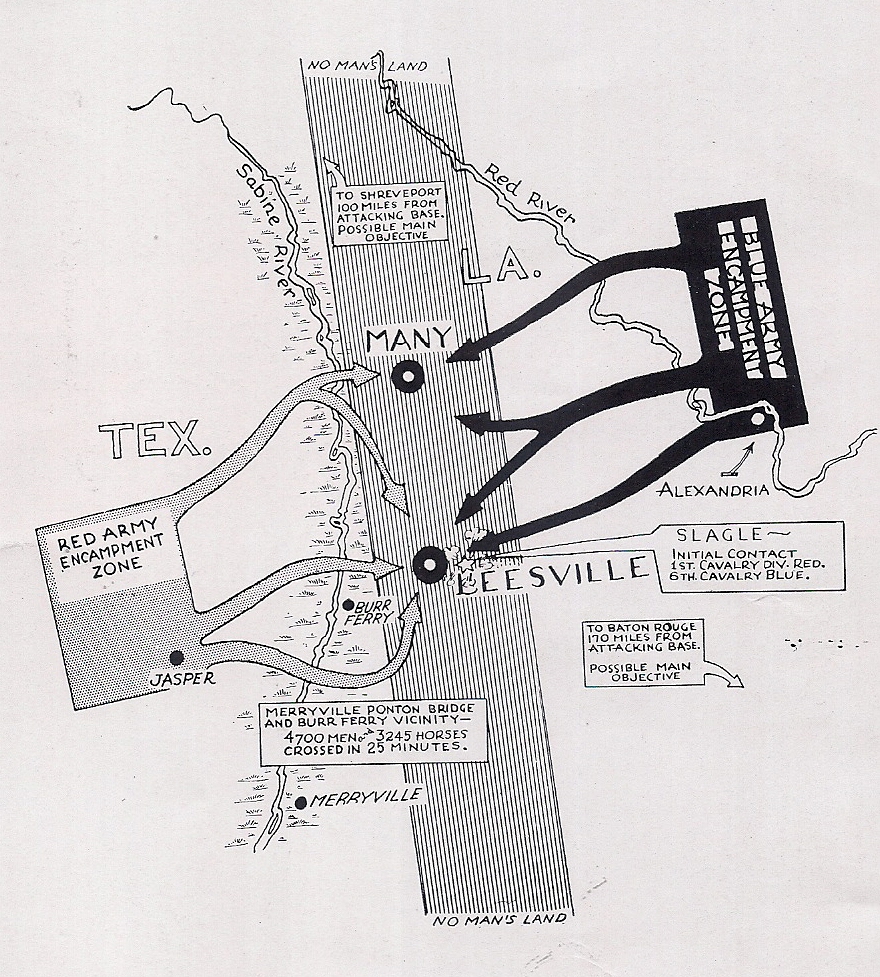
Darby’s first posting was with the 1st Cavalry Division with the unit’s horse drawn artillery. By 1939 he graduated from the Field Artillery School at Fort Sill, Oklahoma. By 1940 when Germany had overrun France and destroyed the British Expeditionary Forces, Captain Darby found himself and other US Army units at Camp Beauregard, Louisiana preparing for the first field maneuvers to be held in the new training area known as the Sabine Area. This maneuver would be a test to see how prepared for war the United States Army was. This maneuver found great deficiencies of men, vehicles, equipment, and most of all leadership in the ranks of the officers.
In early May 1940, units of the US Army begin to arrive at Camp Beauregard, Louisiana to conduct the 3rd Army Maneuvers that would be under the command of Lt. General Stanley Embick. Over 70,000 men arrived for this training exercise, with William Darby being right in its midst. Units of all branches of the army, cavalry, infantry, supply, artillery, and signal were prepared for the maneuver. During this maneuver the Blue Army located in Louisiana and the Red Army located in encampments in and around Jasper, Texas met and fought skirmishes all through West Central Louisiana. During this training exercise artillery units, including Darby’s, conducted heavy bombardment of targets throughout the maneuver area. At the end of May 1940 the maneuvers came to a halt and the findings were shocking due to the shortage of men, equipment, vehicles, and supplies of all types. Many units used broom sticks and put signs denoting them as a machine gun, and would even put signs on the sides of trucks stating it was a tank. The US Army was not prepared for war. And many officers were found to be lacking in leadership potential and were relieved. But William O. Darby was one officer whose light shone bright. He showed exceptional leadership skills that were noted by Headquarters.
On January 5, 1942 Captain Darby was assigned as aide-de-camp to Major General Russell Hartle and by the end of January 1942 he landed along with the first American troops in Belfast, Northern Ireland. As the general’s aide he helped plan training for the troops who one day would land in France. In England one of the most famous units was the Commando’s. The fast and hard hitting units had surprised the Germans on many occasions. The success of these units was noted by American officers and under the command of Colonel Lucian Truscott a new unit would be formed in the American Army. This special unit, commanded by Lt. Colonel William O. Darby and named Rangers was an all-volunteer unit. This unit trained extremely hard with the British Commando instructors at Achnacarry, Scotland and they became adept at all types of commando operations.

Lt. Colonel Darby led his Rangers into battle in North Africa, Sicily, and Italy. And from one battalion of Rangers the unit had grown to four. Darby, who had been trained in the field artillery, was an expert in bring in artillery and mortar fire upon the enemy. And eventually he managed to form a cannon company and mortar unit that conducted fire missions to assist the Rangers. The Rangers became famous for their fighting capability but they actually never for missions they were trained for. Several times they were used just as infantry in assisting units as they attacked. And at Anzio, the Rangers were almost wiped out by the massive German Counterattack. But they fought to the last man and the last bullet. And Lt. Colonel Darby was right there with his men.
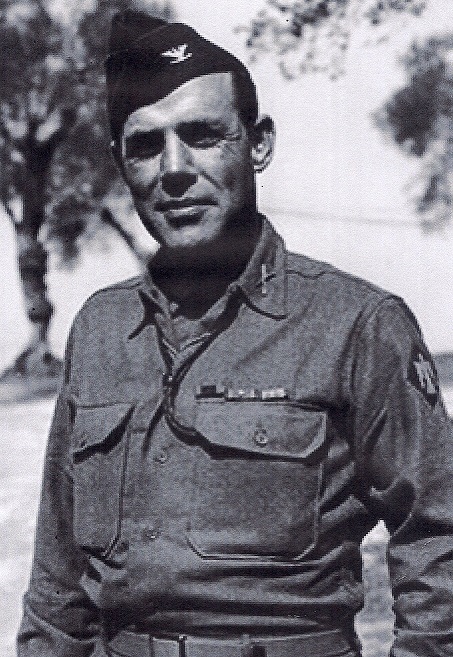
In 1944 now Colonel Darby was assigned to the War Department in Washington D.C. In March 1945 he went on an observation tour of the Italian Front with General Henry Arnold. When they arrived in Italy on April 23, 1945 the assistant division commander of the 10th Mountain Division was wounded and Colonel Darby took command at Trento. Through his leadership the 5th Army broke out from the Po Valley and began to attack the Germans. On April 30, 1945 Colonel Darby was briefing and issuing orders to his officers near Trento for an envelopment of retreating German units that were attempting to escape. While briefing the officers a German artillery shell exploded right in the midst of the gathering of officers, killing Colonel William O. Darby, one sergeant, and wounding many others. An American hero was dead. The man who had trained as an artillery officer and who had formed and led the legendary Rangers was killed only two days before the German Army surrendered in Italy.
Colonel Darby was only thirty-four years old at his death. Upon his death he was promoted to Brigadier General. This fighting officer had been awarded three Purple Hearts; two Distinguished Service Crosses, the Silver Star, Legion of Merit, Russian Order of Kutuzov, and the French Croix de Guerre. General Darby was buried in the Fort Smith National Cemetery and several monuments are located there in his memory, and the junior high school is named after Darby. And would you believe their mascot is the Ranger! An American hero who is not forgotten by his community! And stop and think, right here in Louisiana in 1940 William O. Darby learned the combat tactics that he would use in leading his famous Rangers into history. Rangers Lead The Way!
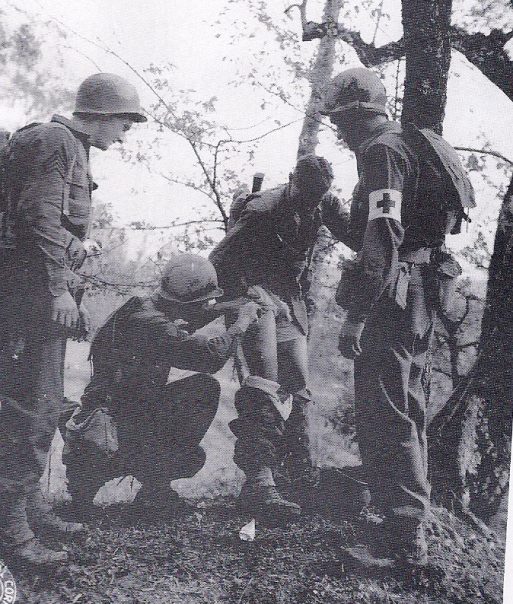
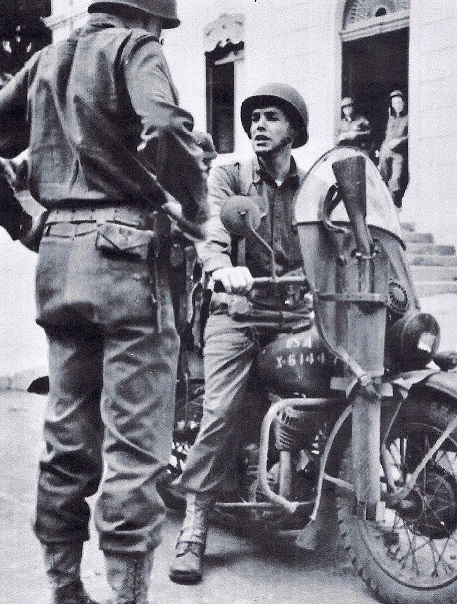
Rickey Robertson retired from the La. State Police in 2009. He was born and raised in the Peason Community in southeastern Sabine Parish. Rickey and his wife Patsy founded the Peason Historical Foundation Inc. in 2007 to gather and preserve the rich history of the sawmill town of Peason and of the settlers and homesteaders of Peason Ridge. They founded the Peason Memorial Park, which houses two historical markers and photo kiosks open to the public and they also have a small military museum at their home. Rickey is one of the few Heritage Family Members from Peason Ridge. Rickey writes historical articles for several local newspapers, and both local and national magazines.

